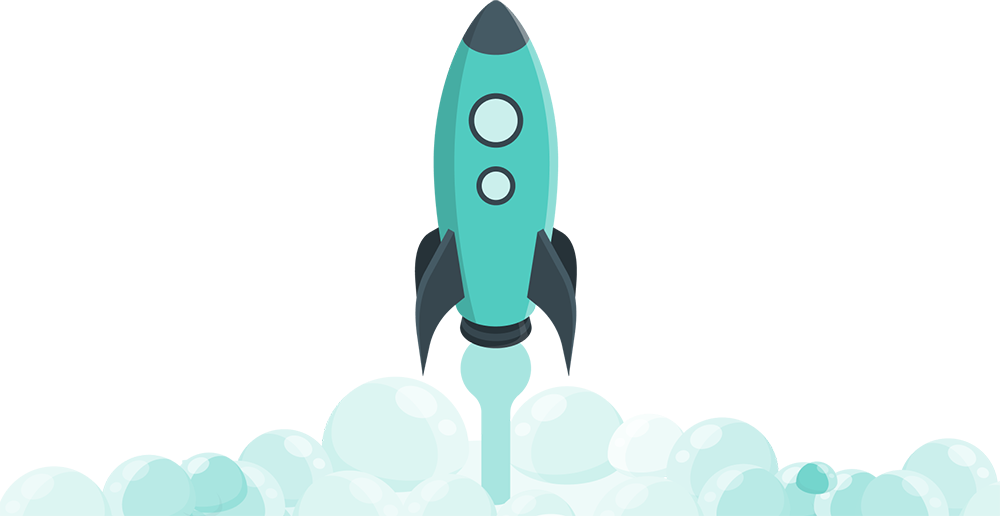-
Duration
18 hours
-
Tools
Figma
-
Learners
95+
-
Video
4 hours
Qi Gong
Qi means "breath" or "air" and is considered the "vital-life-force" or "life-force energy." Qigong practitioners believe that this vital-life-force penetrates and permeates everything in the universe.
It corresponds to the Greek "pneuma," the Sanskrit "prana," or the Western medical conception of "bioelectricity."Gong means "work" or "effort" and is the commitment an individual puts into any practice or skill that requires time, patience, and repetition to perfect.Through study, the individual aims to develop the ability to manipulate Qi in order to promote self-healing, prevent disease, and increase longevity.
Qigong, which is sometimes spelled Chi-Kung (and pronounced chee-gung), is the study and practice of cultivating vital life-force through various techniques, including:
Breathing techniques
Postures
Meditations
Guided imagery
It corresponds to the Greek "pneuma," the Sanskrit "prana," or the Western medical conception of "bioelectricity."Gong means "work" or "effort" and is the commitment an individual puts into any practice or skill that requires time, patience, and repetition to perfect.Through study, the individual aims to develop the ability to manipulate Qi in order to promote self-healing, prevent disease, and increase longevity.
Qigong, which is sometimes spelled Chi-Kung (and pronounced chee-gung), is the study and practice of cultivating vital life-force through various techniques, including:
Breathing techniques
Postures
Meditations
Guided imagery
Write your awesome label here.
All living organisms give off a bioelectric field. The goal of Qigong is to correct the imbalances that have accumulated throughout a person's lifetime. Some benefits of Qi Gong are:
-
Increased Energy
-
Improved Immunity
-
Lowers Blood Pressure
-
Reduces Depression
-
Lessens Chronic Fatigue
-
Relieves Stress
Become a Qi Gong Practitioner
Learn how to heal yourself
Qigong practitioners believe the Qi that course through our entire being must flow properly, like a river. If there is a block, Qi becomes stagnant and prevents other parts of the body from being nourished. If the Qi flows too rapidly, it causes degeneration or exhaustion of the internal organs. The practice of Qigong helps to balance these energies: filling deficiencies and removing excess.
Qigong practitioners believe the Qi that course through our entire being must flow properly, like a river. If there is a block, Qi becomes stagnant and prevents other parts of the body from being nourished. If the Qi flows too rapidly, it causes degeneration or exhaustion of the internal organs. The practice of Qigong helps to balance these energies: filling deficiencies and removing excess.
Moving Meditation
According to the traditional teachings of Qigong, beginners first learn physical movements coordinated with breathing techniques. They practice sets of exercises (similar to Tai Chi) until each movement or posture is perfected. Once they learn the form, the next step is to find the subtle flow or fluctuation of energy within the postures, movements, breathing patterns, and transitions. This is called moving meditation.
Meet Your Guide
Empress Zaria
Patrick Jones - Course author



